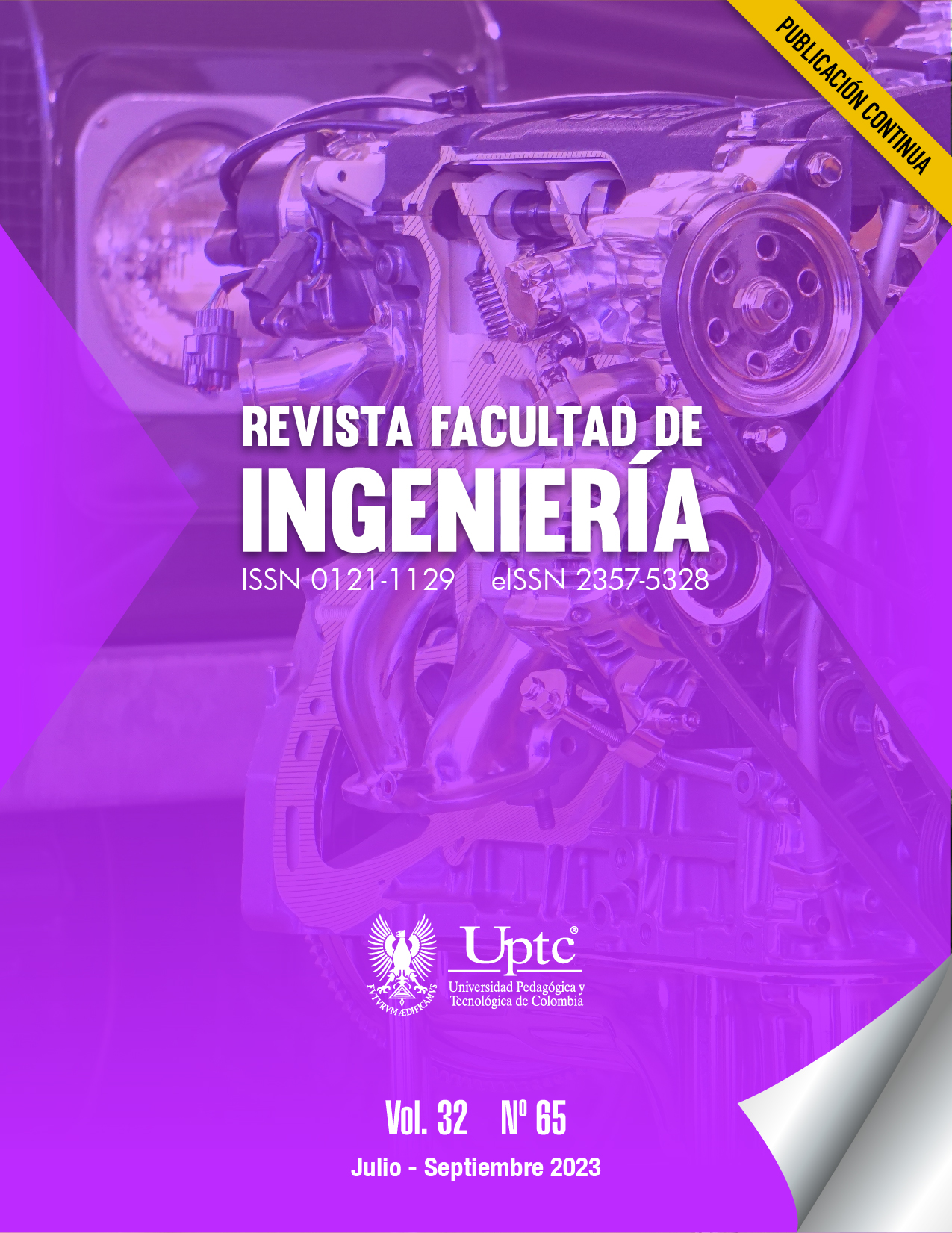Measuring Representativeness Using Covering Array Principles

Abstract
Representativeness is an important data quality characteristic in data science processes; a data sample is said to be representative when it reflects a larger group as accurately as possible. Having low representativeness indices in the data can lead to the generation of biased models. Hence, this study shows the elements that make up a new model for measuring representativeness using a mathematical object testing element of coverage arrays called the "P Matrix". To test the model, an experiment was proposed where a data set is taken, divided into training and test data subsets using two sampling strategies: Random and Stratified, and the representativeness values are compared. If the data division is adequate, the two sampling strategies should present similar representativeness indexes. The model was implemented in a prototype software using Python (for data processing) and Vue (for data visualization) technologies, this version of the model only allows to analyze binary data sets (for now). To test the model, the "Wines" dataset (UC Irvine Machine Learning Repository) was fitted. The conclusion is that both sampling strategies generate similar representativeness results for this dataset, although this result is predictable, it is clear that adequate representativeness of the data is important when generating the test and training datasets subsets. Therefore, as future work we plan to extend the model to categorical data and explore more complex datasets.
Keywords
classification algorithms, coverage arrays, data quality, data sets, data representativeness
References
- D. Srivastava, M. Scannapieco, T. C. Redman, “Ensuring high-quality private data for responsible data science: Vision and challenges,” Journal of Data and Information Quality, vol. 11, no. 1, pp. 1–9, 2019. https://doi.org/10.1145/3287168
- R. Clarke, “Big data, big risks,” Information Systems Journal, vol. 26, no. 1, pp. 77–90, 2016. https://doi.org/10.1111/isj.12088
- A. Alsudais, Incorrect Data in the Widely Used Inside Airbnb Dataset, 2020. http://arxiv.org/abs/2007.03019.
- A. Yapo, J. Weiss, “Ethical Implications of Bias in Machine Learning,” in Proceedings of the 51st Hawaii International Conference on System Sciences, 2018. https://doi.org/10.24251/hicss.2018.668
- N. Polyzotis, S. Roy, S. E. Whang, M. Zinkevich, “Data lifecycle challenges in production machine learning: A survey,” SIGMOD Record, vol. 47, no. 2, pp. 17–28, 2018. https://doi.org/10.1145/3299887.3299891
- J. A. Rojas, M. Beth Kery, S. Rosenthal, A. Dey, “Sampling techniques to improve big data exploration”, in 7th Symposium on Large Data Analysis and Visualization, 2017, pp. 26–35. https://doi.org/10.1109/LDAV.2017.8231848
- V. Mayer-Schönberger, K. Cukier, Big data: La revolución de los datos masivos, Turner, 2013.
- J. Torres-Jimenez, I. Izquierdo-Marquez, “Survey of covering arrays,” in 15th International Symposium on Symbolic and Numeric Algorithms for Scientific Computing, 2013, pp. 20–27. https://doi.org/10.1109/SYNASC.2013.10
- J. Adriana Timaná-Peña, C. Alberto Cobos-Lozada, J. Torres-Jimenez, “Metaheuristic algorithms for building Covering Arrays A review,” Revista Facultad de Ingeniería, vol. 25, no. 43, pp. 31–45, 2016. https://doi.org/10.19053/01211129.v25.n43.2016.5295
- C. L. Blake, C. J. Merz, UCI Repository of Machine Learning Databases, University of California, Oakland, 1998. https://archive.ics.uci.edu/ml/datasets/wine